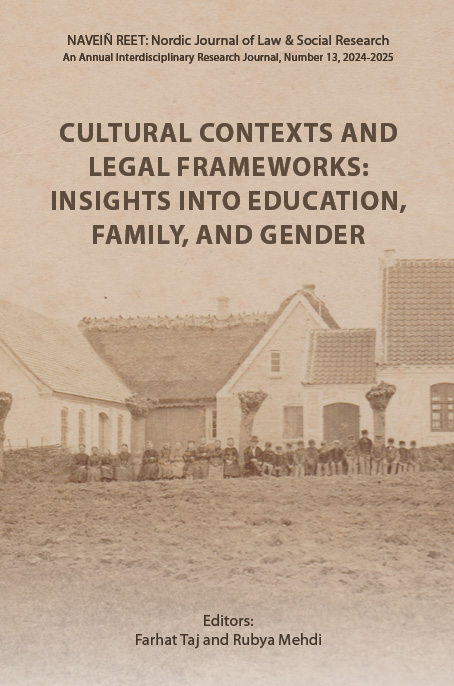A Child’s Right to Family Life after a Care Order Is Issued
An Analysis of the Child Welfare Tribunals’ Weighting and Interpretation
Resumé
This article summarizes a thesis examining how the child’s right to family life is safeguarded following a care order. The thesis consists of four studies: three analyzing the Child Welfare Tribunal’s decisions and one reviewing existing research on how children’s views are weighted in legal proceedings. The study explores how Norwegian practice aligns with human rights obligations, focusing on how the tribunal justifies restrictions on child-parent contact. Additionally, the study investigates when and how a child’s perspective is considered in decision-making processes. The findings suggest that contact regulations are often framed through a needs-based approach emphasizing placement stability rather than individualized assessments of child-parent relationships. Furthermore, while formally acknowledged, children’s perspectives appear to be selectively weighted in tribunal decisions. The discussion highlights the importance of increasing transparency in integrating competing perspectives into decision-making, strengthening professional discretion, and ensuring that child welfare practices align more closely with legal and human rights standards.
Downloads
Publiceret
Citation/Eksport
Nummer
Sektion
Licens
Counting from number 12 (2022), articles published in NNJLSR are licensed under Attribution 4.0 International (CC BY 4.0). Readers are allowed to copy and redistribute the articles in any medium or format, to adapt and revise the articles, and use the articles for commercial purposes, provided that the readers give appropriate credits.
No Creative Commons licenses are applied on articles in number 1 (2009)-11 (2021). All rights reserved by the authors. Readers are allowed to download, read, and link to the articles published in volume 1 (2009)-11 (2021), but they may not republish or redistribute these articles without permission of the authors.

